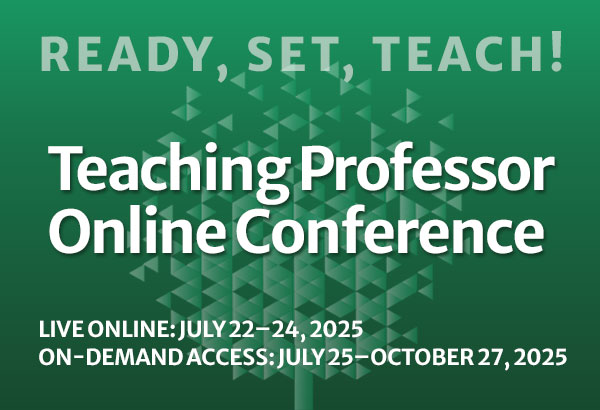Moving up Bloom’s Taxonomy in an Introductory Course: What’s Being Done
The content of many courses is too focused on the facts—those details that students memorize, use to answer test questions, and then promptly forget. That criticism has been levied against many introductory college-level courses, especially by those of us who think faculty are too focused on covering content. But is it a fair criticism? Do introductory courses ignore the higher-level thinking skills, like those identified on the Bloom taxonomy? Is the evidence empirical or anecdotal?



